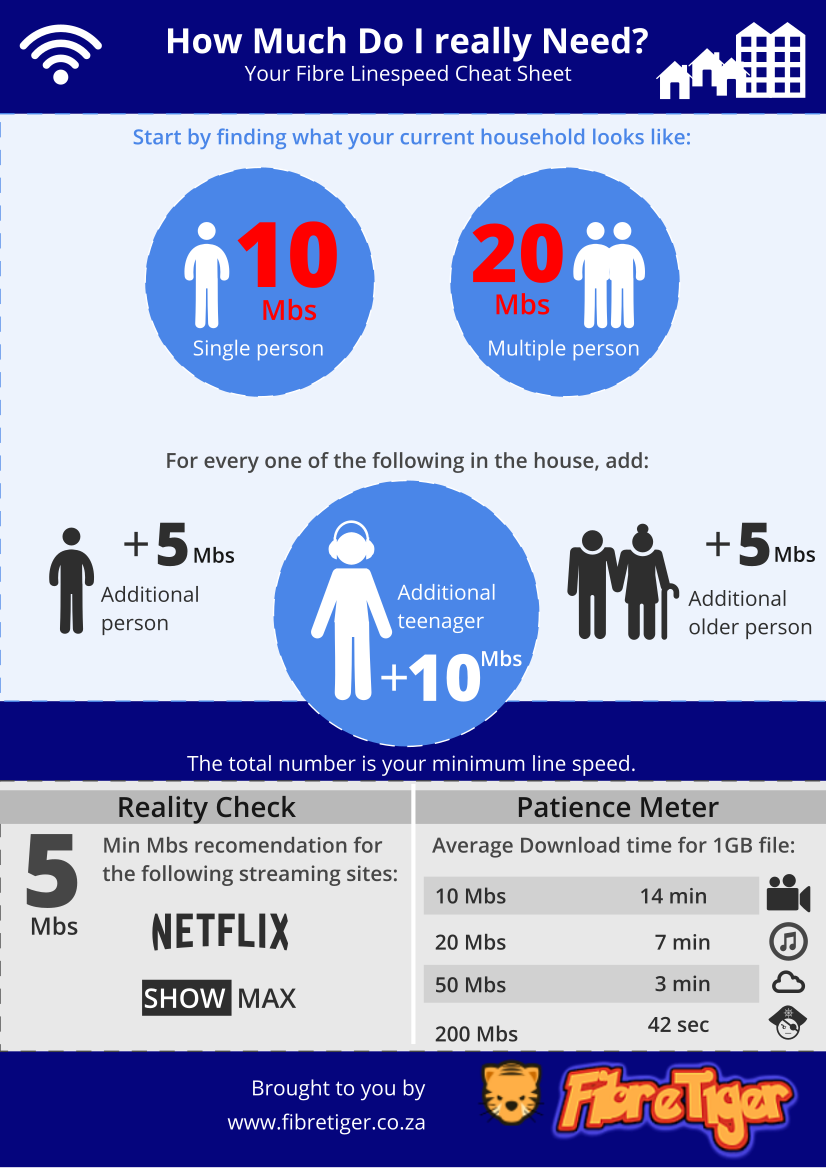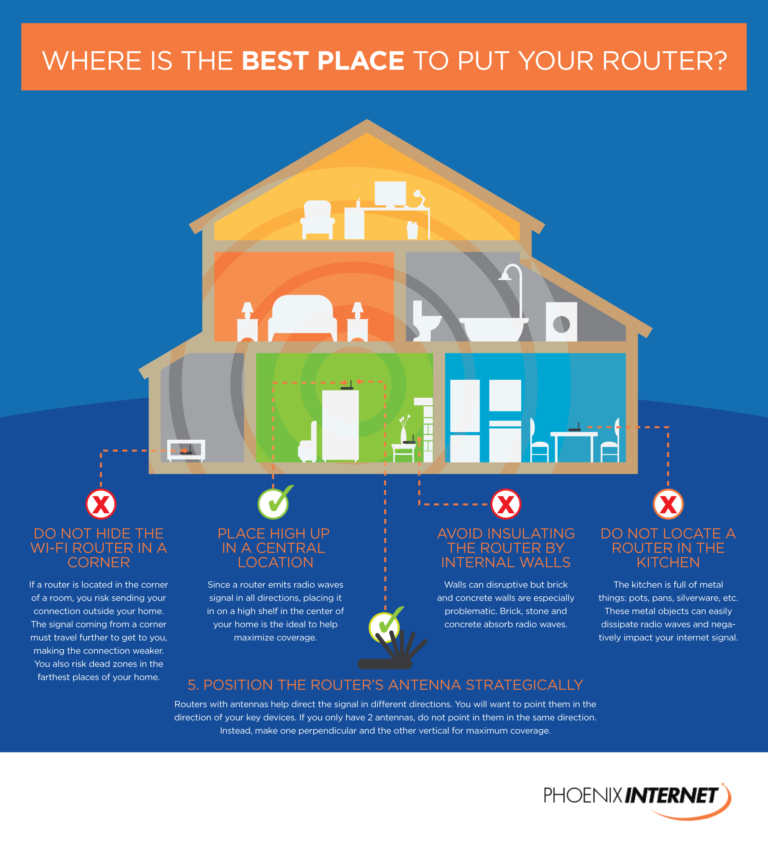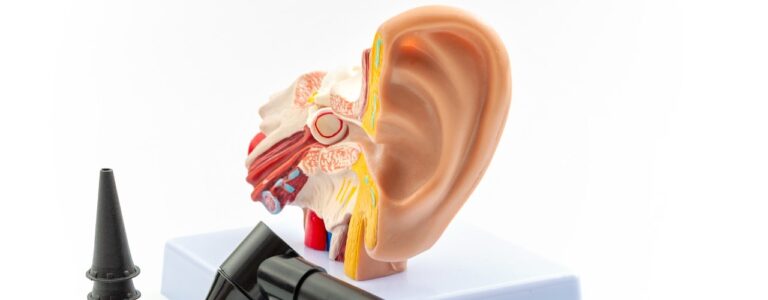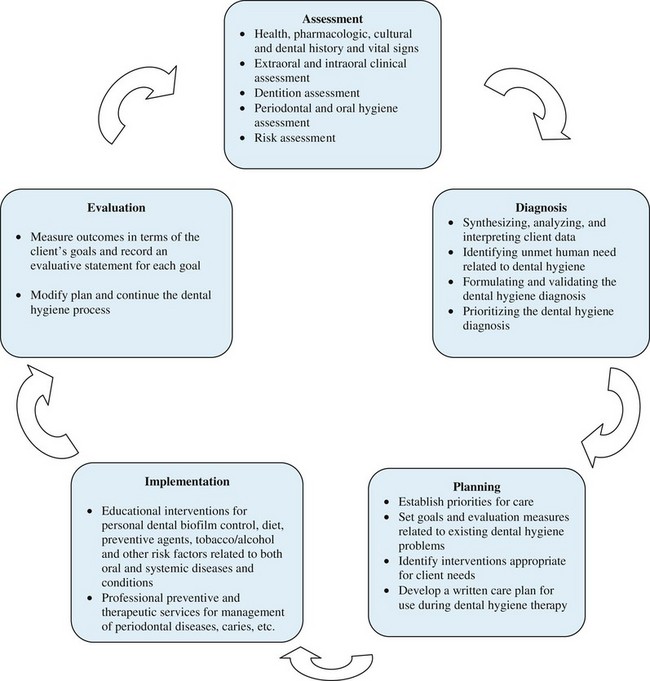What Fibre Speed Do I Need?
Fibre speed is an important consideration when choosing a broadband package. With faster broadband speeds, you can enjoy a better experience when streaming movies, downloading files, or gaming online. But with so many different speeds available, it can be difficult to decide how much speed you need. This article will help you understand what broadband speed you should be looking for and what factors you should consider when choosing a plan.
Understanding Fibre Speed
When it comes to choosing a fibre broadband package, it’s important to understand fibre speed and the factors that will determine the speed you need. Fibre speed is determined by the type of fibre connection you have and how much bandwidth you require. To help you decide which fibre speed is right for you, it’s important to understand your own specific needs.
For households with multiple users, fibre speed is an important factor to consider. The more users you have, the more bandwidth you’ll need to ensure that everyone can use the internet without experiencing a slow connection. Fibre speeds can range from 5 Mbps to 1000 Mbps, so it’s important to understand the difference between them and the speed you need.
Similarly, the type of activities you do online can also impact the speed you need. If you’re streaming high-definition video, you’ll need a fibre speed that can support that. On the other hand, if you’re a casual user and just want to browse the web or check emails, you may not need the fastest fibre speed.
Finally, the type of fibre connection you have can also affect the speed you need. Fibre-to-the-home (FTTH) connections are typically faster than fibre-to-the-cabinet (FTTC) connections, so you may need a higher fibre speed if you have a FTTH connection.
Understanding your own specific needs is the key to choosing the right fibre speed. With the right information, you can make an educated decision and ensure that you get the best fibre speed for your needs.
Factors That Determine Fibre Speed Requirements
Fibre broadband is one of the fastest, most reliable internet connections available. But what fibre speed do you need to ensure you have the best possible connection? It all depends on your individual needs and requirements. Factors such as the amount of devices you are connecting to the internet, the types of activities you are engaging in while online, and the types of media you are downloading or streaming all play a role in determining the speed of your fibre connection.
When selecting a plan, it is important to consider the types of activities you will be engaging in while online. For instance, if you plan to stream high-definition movies or engage in gaming and other data-heavy activities, you will likely want the fastest fibre speed available. On the other hand, if you are only surfing the web or checking emails, the mid-level fibre speed will likely suffice.
It is also important to consider the number of devices you will be connecting to the internet. If you have multiple devices connected to the same network, the internet speed will be divided among them all, thus impacting the performance of each device. Therefore, if you have multiple devices you will likely need to opt for a higher fibre speed.
Finally, when selecting a fibre plan, you should also consider the types of media you will be downloading or streaming. Video streaming, online gaming, and downloading large files will require more bandwidth than simple web surfing and emailing. Therefore, if you plan to engage in data-heavy activities you will need a higher fibre speed.
Overall, the fibre speed you need is determined by a variety of factors – the number of devices connected to the network, types of activities you are engaging in while online, and types of media you are downloading or streaming. Identifying your individual needs and requirements will help you determine the best fibre plan for you.
Typical Fibre Speed Requirements
Understanding what fibre speed you need for your internet connection is essential for ensuring an optimal online experience. Fibre speeds can vary significantly depending on your use-case, but there are a few general principles that can help you determine the right speed for you.
For basic web browsing, streaming, and online gaming, a fibre speed of 30 Mbps is generally sufficient. If you’re looking to stream 4K content, however, you’ll likely need a higher speed, such as 50 Mbps or higher. For intense activities such as online gaming or streaming 4K content on multiple devices at once, you’ll need a speed of 100 Mbps or higher.
Additionally, if you plan to use fibre speeds for business activities, such as video conferencing or cloud computing, you’ll need a significantly higher fibre speed, usually in the range of 200 Mbps. Investing in a higher fibre speed can significantly increase the efficiency of your business and ensure a seamless online experience.
Ultimately, the fibre speed you require will depend on your use-case and the number of people using the internet connection. It’s important to make sure you have the right speed for your needs in order to have an optimal online experience.

Benefits of Higher Fibre Speeds
When it comes to internet connection, speed is one of the most important metrics that determine the quality of experience. Many people are now opting for higher speeds as they need to consume more data, stream content, and perform other tasks online. A higher fibre speed can provide a number of benefits that can improve your online experience.
One of the major benefits of a higher fibre speed is faster downloads. With higher speeds, you can quickly download files from the internet, whether it’s a large file or many smaller ones. This is especially useful if you need to download a large number of files from the web or if your job requires you to download a lot of data.
Another benefit of a higher fibre speed is smoother streaming experience. If you like to watch movies or TV shows online, then a higher internet speed will ensure that the videos stream without any buffering or lag. This will make your streaming experience smoother and more enjoyable.
Finally, a higher fibre speed can also make online gaming more enjoyable. With higher speeds, you can play online games with fewer lag and fewer latency issues. This can also make it easier for you to interact with other players and have a more enjoyable gaming experience.
Overall, there are several benefits of having a higher fibre speed. It can make downloading files faster, make streaming smoother, and make gaming more enjoyable. Therefore, it’s important to consider the speed of your internet connection when deciding on an internet plan.
How to Choose the Best Fibre Speed for Your Needs
Choosing the best fibre speed for your needs can be confusing and overwhelming. With a wide range of options available, it can be difficult to determine which speed best suits your needs. To help you make the right decision, you need to know what factors to consider and what speeds are available.
When looking for the best fibre speed, you need to consider the type of activities you will be doing. This includes streaming content, gaming online, or downloading large files. The more activities you are doing, the higher the speed you need. You also need to factor in the number of devices that will be connected to your network. The more devices you have, the higher the speed you need.
The most common fibre speeds available include 100 Mbps, 200 Mbps, 300 Mbps, 400 Mbps, 500 Mbps, and 1 Gbps. The higher the number, the faster the speed. It is important to note that the speeds vary depending on the provider and the package you choose.
Once you have an idea of the type of activities you will be doing and the number of devices that will be connected to your network, you can start to compare the fibre speeds to determine which one is best for you. Make sure to read the fine print and ask questions to ensure you understand exactly what you are paying for.
Choosing the best fibre speed for your needs is an important decision. By looking at the type of activities you will be doing, the number of devices connected to your network, and the speeds available, you can make an informed decision to ensure you get the best possible experience.
Troubleshooting Fibre Speed Issues
When it comes to fibre speed, people often find themselves asking the same question: What speed do I need? Unfortunately, there is no one-size-fits-all answer. Every user’s needs are different, and what works for one person may not be suitable for another. The best way to determine the speed you need is to troubleshoot any potential issues with your current connection.
The first step in troubleshooting fibre speed issues is to check your modem and router. Make sure all your hardware is up to date, properly configured, and free from any technical problems. If you have more than one device connected to the network, make sure that each is getting enough bandwidth.
You should also look into the quality of the fibre connection itself. Check for any potential obstructions that could be causing interference, or contact your provider to find out if they are offering any upgrades. If you are using a wireless connection, be sure to place the router in an open, unobstructed area to ensure the best signal strength.
Finally, make sure that you are not overloading your connection with too many tasks. If you are streaming, gaming, or performing other bandwidth-intensive activities, you may need to upgrade your connection to a faster speed.
By taking the time to troubleshoot fibre speed issues, you can ensure that you have the right speed for your needs. With a bit of effort, you can get the most out of your fibre connection and enjoy a better internet experience.
FAQs About the What Fibre Speed Do I Need?
1. How do I know what fibre speed I need?
Answer: The speed of your fibre connection will depend on the number of users in your household, how many devices are connected to the internet, and how you typically use the internet. Consider how you will use the internet, such as for streaming services, online gaming, downloading large files, or video conferencing, and if you need a faster connection to accommodate these activities.
2. What is the difference between fibre and DSL internet speeds?
Answer: Fibre-optic internet connections use light to transmit data and typically offer faster speeds than DSL connections, which use copper wires and can be slower. Additionally, fibre connections tend to be more reliable and less prone to interference, whereas DSL connections can be impacted by distance and other factors.
3. What are the benefits of having a fibre connection?
Answer: Fibre connections offer faster speeds than DSL connections, as well as more reliable performance. Additionally, fibre connections are less prone to interference from external sources, such as power lines, which can impact the speed and reliability of a DSL connection. Additionally, fibre connections are also more secure, as they are not as vulnerable to hacking attempts.
Conclusion
In conclusion, the fibre speed you need depends on your particular internet usage needs. To determine this, you need to consider the number of users, what you are using the internet for, and the size of the files you are downloading or uploading. Fibre speeds range from as low as 10 Mbps to as high as 1000 Mbps, so make sure to select the speed that meets your needs.


